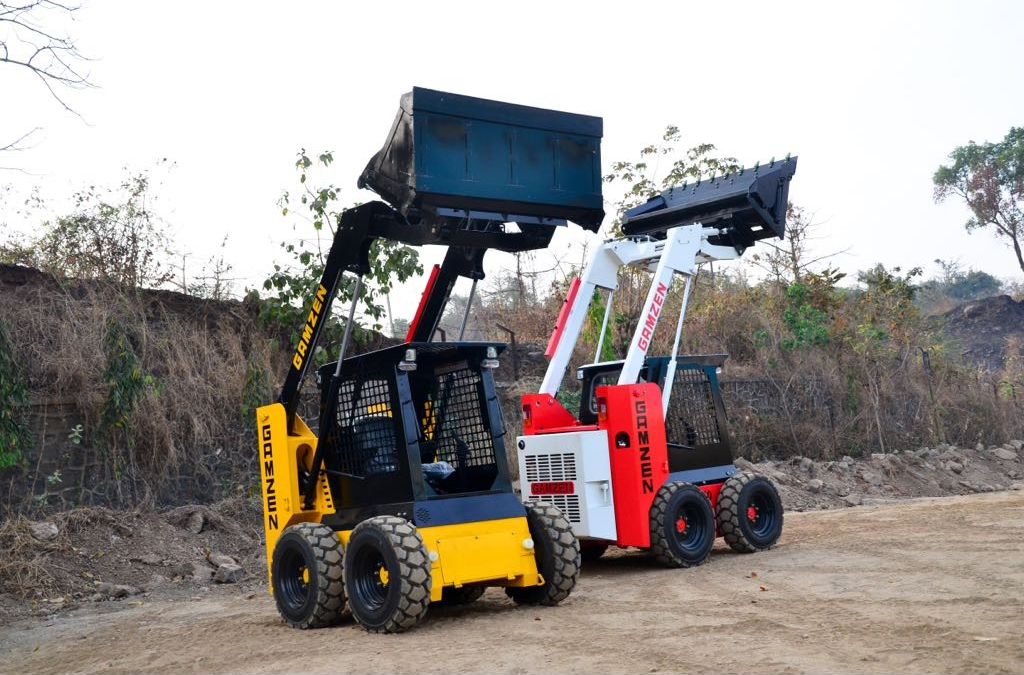Skid steer loaders are the unsung heroes of construction sites, farms, and various industries, renowned for their maneuverability, compact size, and multifunctionality. While many are familiar with their basic capabilities, there’s a wealth of lesser-known information that delves deeper into their prowess and potential.
Evolution and Innovation
Originally conceived in the late 1950s by Cyril and Louis Keller, these machines were initially designed to clear turkey manure in barns. However, their utility quickly expanded as manufacturers like Bobcat, Caterpillar, and John Deere enhanced their design, adding hydraulic systems, attachments, and improved controls.
The Power Within
Skid steer loaders are known for their lifting capabilities. According to a report by ResearchAndMarkets.com, the global skid steer loader market size was valued at $2.2 billion in 2020 and is projected to reach $3.1 billion by 2027, growing at a CAGR of 4.8% from 2021 to 2027. This growth is indicative of their indispensable role in various industries.
Their lifting capacities range from a few hundred pounds to over several thousand pounds, depending on the model. For instance, the Bobcat S850 boasts a rated operating capacity of 3,950 pounds.
Unconventional Uses
Beyond traditional construction tasks like excavation and material handling, skid steer loaders are employed in unconventional roles. Some farms utilize them for tasks like mowing, while in disaster relief efforts, these versatile machines have been utilized for debris removal due to their compact size and agility in navigating tight spaces.
The Tech Behind the Muscle
Modern skid steer loaders have embraced technology for enhanced efficiency and safety. Advanced features like joystick controls, telematics systems for remote monitoring, and automated attachment recognition systems streamline operations while ensuring precision and safety.
Environmental Concerns and Innovations
As environmental awareness grows, manufacturers are focusing on eco-friendly aspects. Electric-powered skid steer loaders are becoming more prevalent, reducing emissions and noise pollution on job sites. Additionally, some models feature bio-friendly hydraulic fluids to minimize environmental impact.
Maintenance Matters
Regular maintenance is crucial to ensure optimal performance and longevity. Greasing joints, checking hydraulic fluid levels, and inspecting attachments for wear and tear are key tasks often overlooked. Detailed knowledge of maintenance requirements can significantly extend the lifespan of these machines.
Conclusion
Skid steer loaders continue to be indispensable workhorses across diverse industries, offering unparalleled versatility and functionality. While their primary functions are well-known, exploring their diverse applications, technological advancements, and environmental adaptations sheds light on their ever-evolving nature.
As these machines evolve, their impact will extend far beyond their original design, shaping the future of various industries and redefining the standards of efficiency and versatility.

